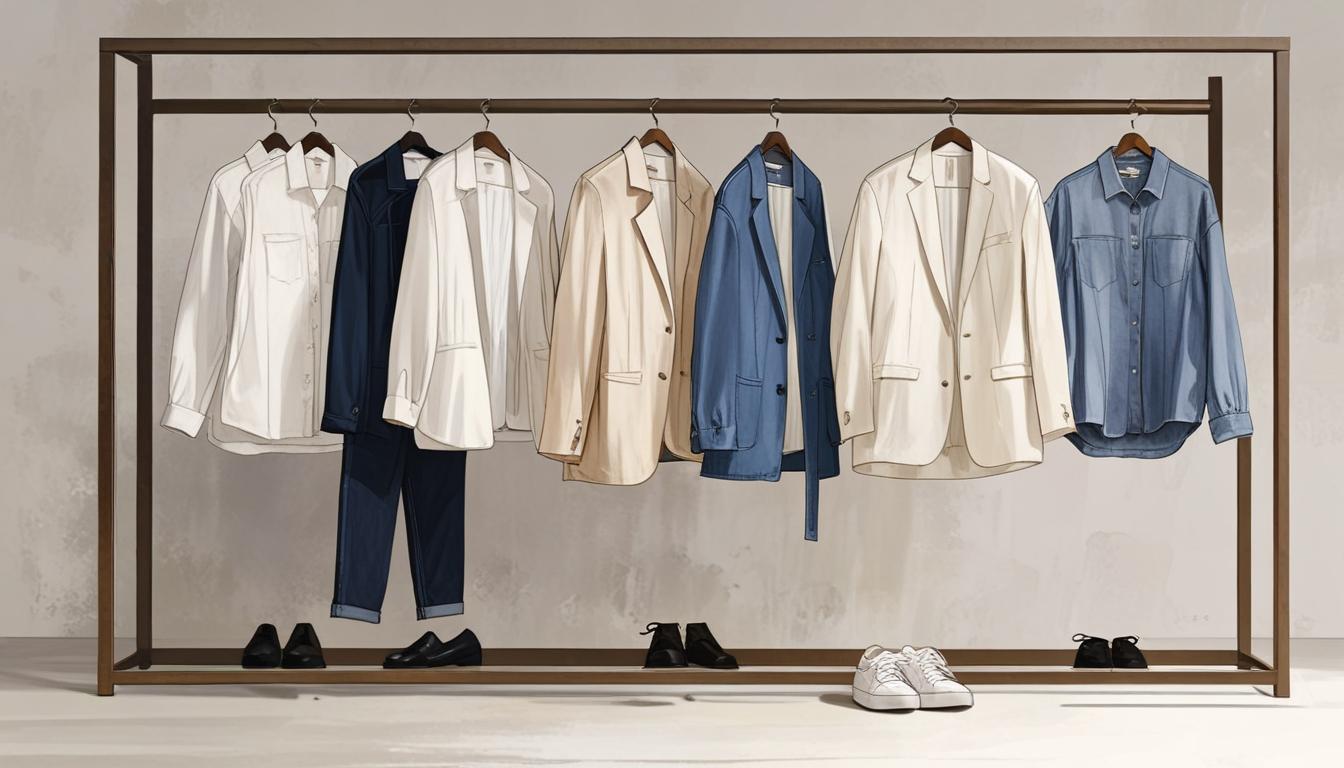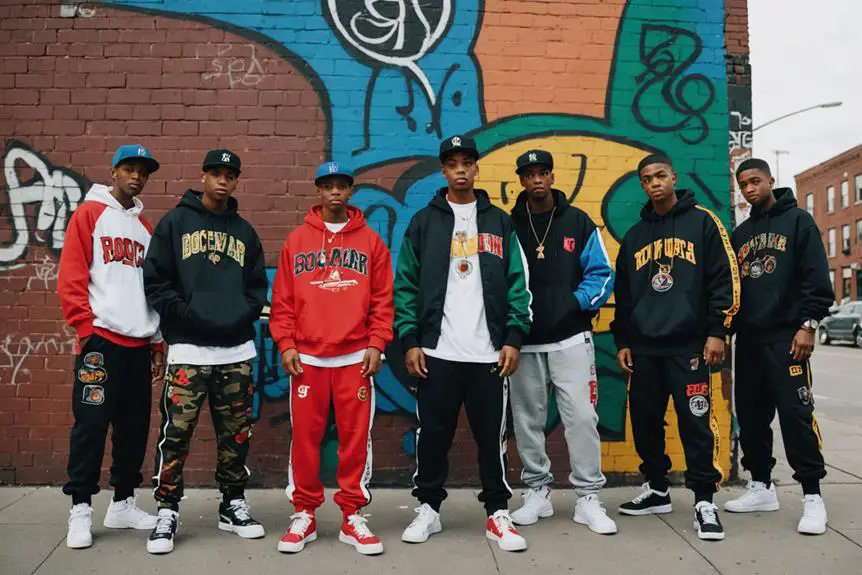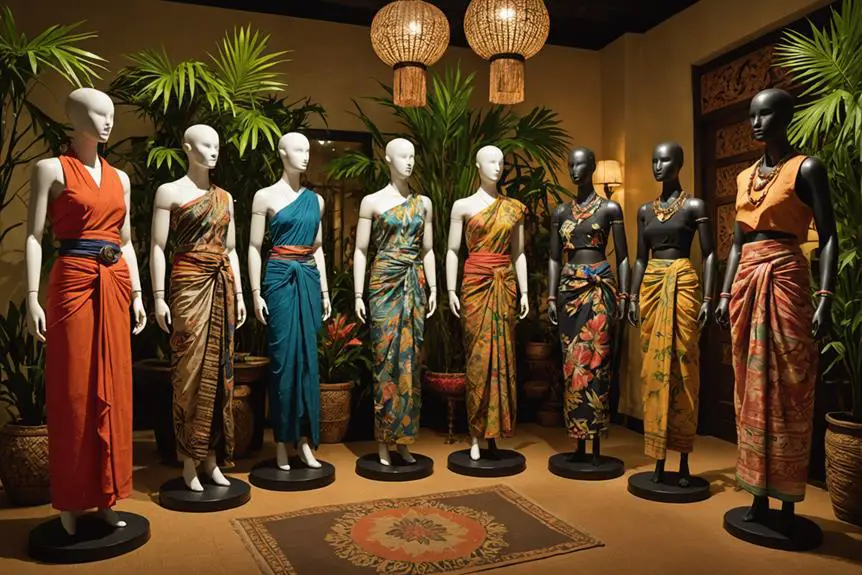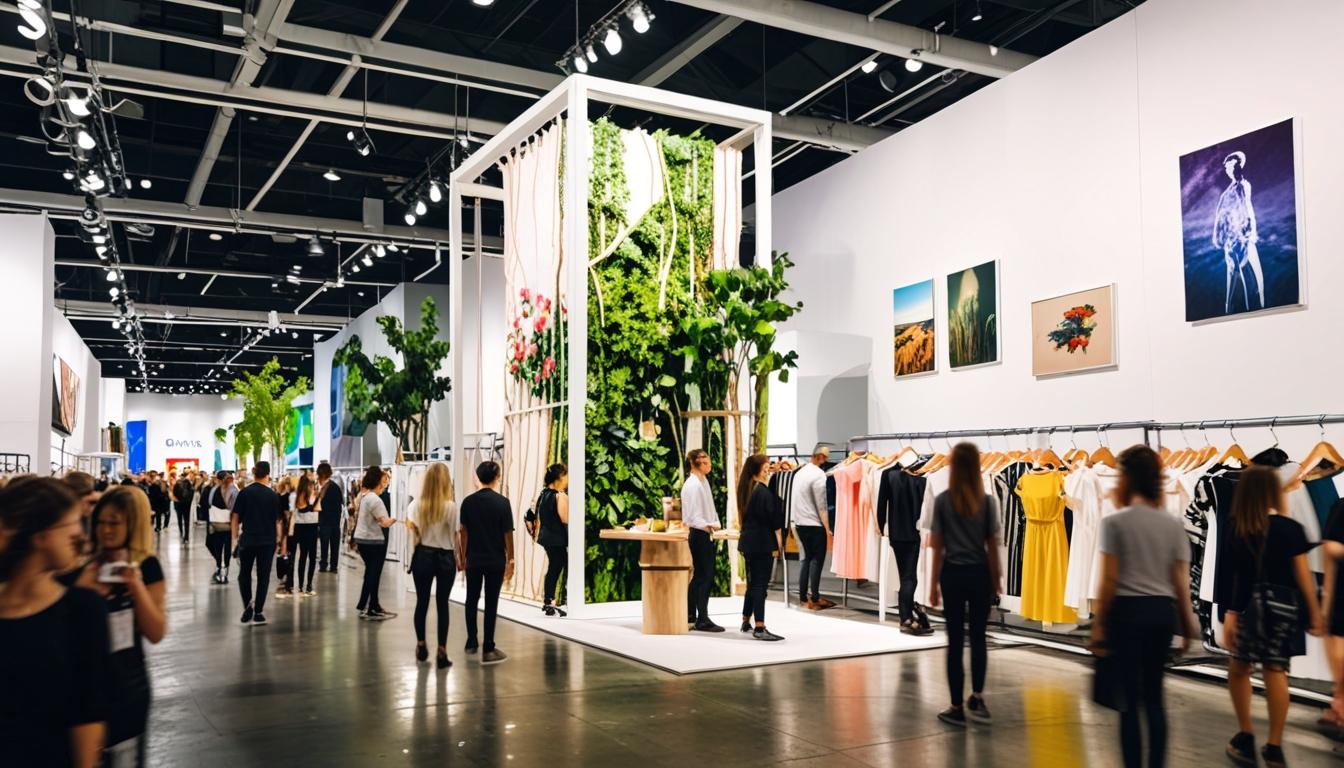The fashion industry sees a return to normcore, emphasizing timeless staples and sustainability in response to fast fashion fatigue.
As the fashion landscape continues to evolve, a significant shift is occurring in 2025, characterized by a resurgence of normcore—a minimalist aesthetic that emphasizes simplicity and functionality. Initially coined a decade ago, normcore is gaining traction amid consumers growing weary of the relentless pace and fleeting nature of micro-trends propagated by social media platforms like TikTok. The latest reports indicate that this minimalist approach is not only reshaping social feeds but also influencing retail dynamics, as consumer preferences lean toward timeless and sustainable fashion choices.
By March 2025, the hashtag #normcore had amassed over 140 million views on TikTok, illustrating a burgeoning community embracing ‘non-aesthetic aesthetics’ that include terms like #blandwear and #defaultcore. This trend showcases basic clothing items—such as crewneck sweatshirts, loose denim, and unbranded outerwear—that align with a broader consumer sentiment against the rapid churn of fashion trends. Retail insights from Edited, a retail intelligence firm, indicate that sales of neutral, staple clothing have surged by 13% year-on-year during the first quarter of 2025. Notably, there has been an increased demand for wardrobe essentials such as oversized blazers, classic white shirts, and wide-leg trousers.
Brands synonymous with normcore, like Uniqlo, are experiencing a rise in customer footfall globally. The brand has recently engaged influencers and less prominent figures like Clare Waight Keller to amplify its appeal in this market segment. Similarly, COS and Arket, under the H&M Group, continue to succeed with their “mid-tier minimalism” strategies, focusing on consumer preferences for understated styles.
Luxury fashion brands are also taking heed of this trend. The Row, recognized for its refined simplicity, is attracting considerable interest from Gen Z consumers. Meanwhile, labels such as Totême and Khaite have begun to market what has been termed “luxury basics,” a segment that is steadily gaining traction among shoppers seeking elegance without ostentation.
This return to normcore is not merely about aesthetics; it speaks to a deeper psychological shift within consumer habits. Following years dominated by fast fashion, viral social media shopping sprees, and an insatiable appetite for novelty, normcore represents a push for slowness, practicality, and sustainability in fashion. As articulated by experts, normcore can be viewed as a rejection of transient trends—a deviation that integrates the principles of sustainability by emphasizing timeless designs that can endure beyond seasonal shifts.
The appeal of normcore lies in its sustainability potential. By focusing on seasonless staples such as well-fitted whites, straight-leg jeans, and versatile outerwear, normcore counters the typical cycle of fashion disposability. Moreover, its design ethos supports the secondhand market, making it easier for consumers to find simple, unbranded items that do not rely on ephemeral trends. This minimalistic fashion style also promotes outfit repetition, encouraging individuals to mix and match core pieces rather than perpetuating a need for constant evolution in their wardrobe.
With the fashion industry facing significant environmental scrutiny—where it accounts for up to 10% of global carbon emissions—normcore may serve as a conduit for fostering sustainable practices. Although some brands have initiated capsule collections and incorporated recycled materials, critics argue that true sustainability demands profound behavioral changes from both manufacturers and consumers.
Retailers observing this resurgence in normcore believe it signals a transformative moment in consumer values and purchasing behavior. Brands that have established themselves on the premise of quality essentials and basics are ideally positioned to thrive in this evolving market landscape. In this context, luxury fashion houses, including those owned by LVMH like Loewe and Celine, are embracing low-key elegance in their latest offerings, contrasting the flashy trends of past years and leveraging a narrative of longevity and investment.
Despite its advantages, there are apprehensions surrounding the potential commercialization of normcore. The risk of manufacturers commodifying this approach could lead to the same patterns of exploitation seen in faster fashion cycles. The possibility of greenwashing looms large, as consumers may mistakenly equate basic items—like a standard white t-shirt—with sustainability without considering the sourcing and labor practices behind production.
While normcore offers a refreshing divergence from the trend-driven frenzy, it also generates discussions regarding creativity and personal expression, especially among younger consumers who may prioritize individuality over uniformity. The fashion landscape is thus at a crossroads, needing to balance the embrace of simplicity with the preservation of unique style and creativity.
The future implications of this trend are uncertain, and while normcore’s resurgence may be perceived as just another momentary fad, it embodies a cultural shift towards restraint and thoughtful consumption in a time marked by economic unpredictability and a growing demand for environmentally conscious practices. As the industry adapts to this evolution, the quiet strength of normcore offers a compelling framework—rooted in values that favor durability and mindfulness over transient allure.
Source: Noah Wire Services





you could have a fantastic blog right here! would you wish to make some invite posts on my blog?